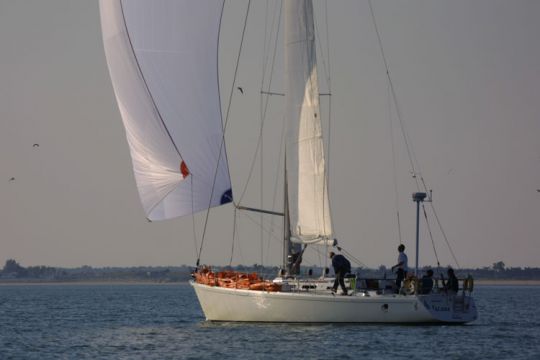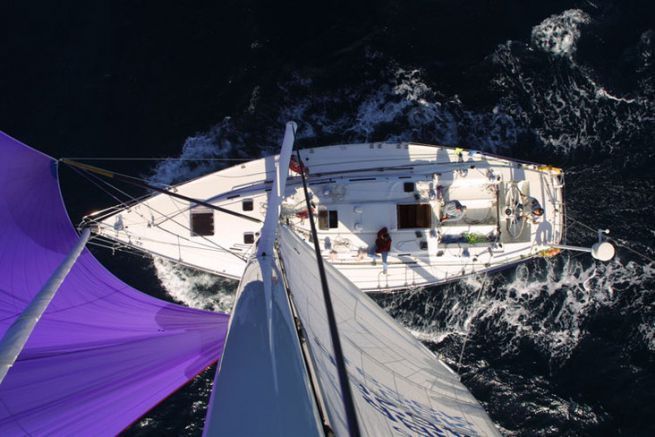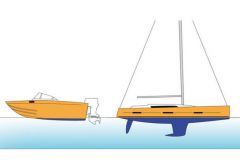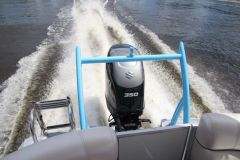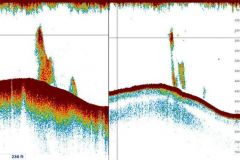Code zero, gennaker, asymmetrical spinnaker, symmetrical spinnaker... Downwind sails are multiplying with often different names. How to find your way through these names. Which sail for which point of sail?
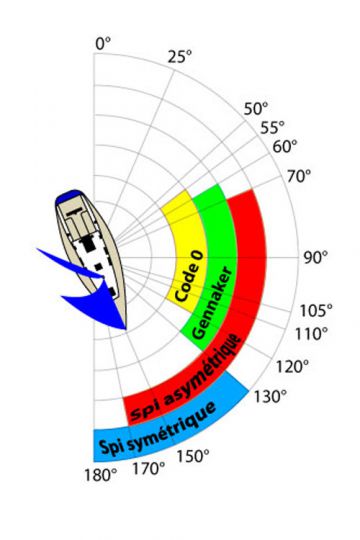
Here is a very simplified sketch that shows the different sails and the gaits at which they can be worn. It is a basic diagram that needs to be adjusted in practice. Indeed, it is difficult to classify a sail only according to a wind angle. It is also necessary to judge the strength of the wind and its cut.
For example, in very light weather with very little wind, you will be better able to close the wind and use a code zero very close to the wind. On the other hand, if the wind rises, this angle will be less closed.
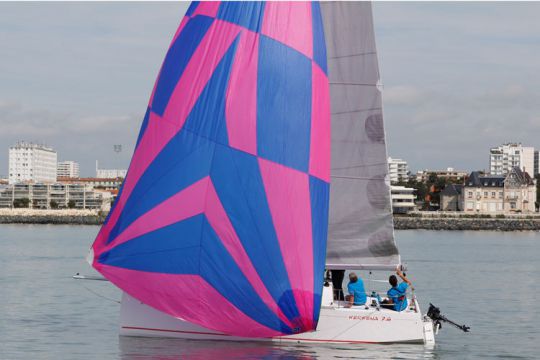
Also the use of the different sails depends a lot on their cut. If the master sailmaker has cut a very flat sail, it will be better for going upwind. On the other hand, a very hollow spinnaker cannot catch the wind.
Code zero
This is the flattest of the downwind sails. It looks almost like a large genoa except that it is not stowed on the forestay. It is mounted on an anti-torsion cable with a furler to roll it.
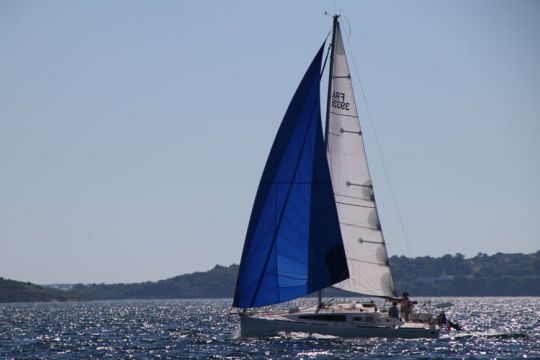
Gennaker
It looks like an asymmetric spinnaker except that the lack of "ear" at the front prevents it from going downwind. It can also be rolled on a furler.
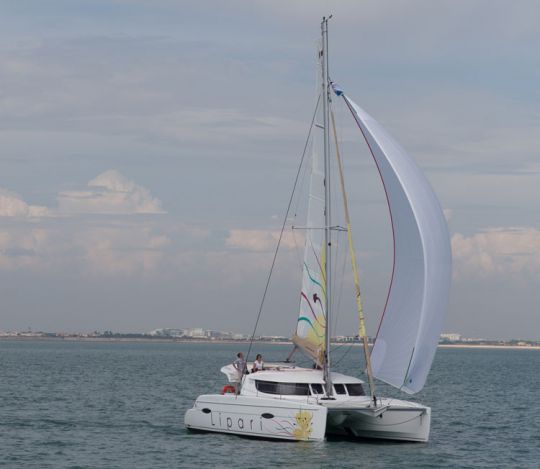
Asymmetric spinnaker
It is a spinnaker whose tack is connected to the bow of the boat (or on a piece outside). It has a large shoulder to come to windward and get fresh wind in front of the mainsail when going downwind. But the absence of a spinnaker pole that would tip it to windward prevents it from making full wind astern.
This asymmetric spinnaker is often found on cruising yachts, as it avoids the more complex use of the spinnaker pole. The asymmetrical spinnaker is often combined with a sock to make it easier to hoist and lower the sail.
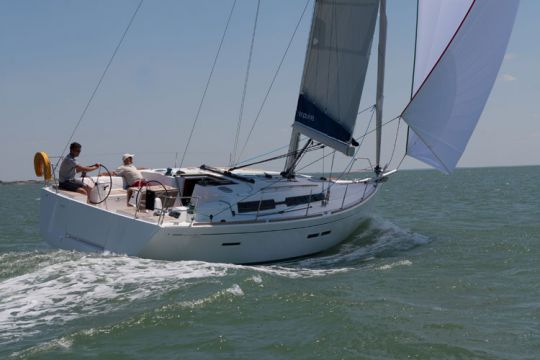
Symmetrical spinnaker
It is the traditional spinnaker, the big colored bubble. It is sent with the tack on a spinnaker pole. The advantage of this setup is that you can send the spinnaker pole into the wind and give the spinnaker some fresh air. In this position, you can then sail downwind without untwisting the spinnaker.
Like the asymmetric, it is often handled with a sock. It has deserted our shores, because it is more complicated to handle.
